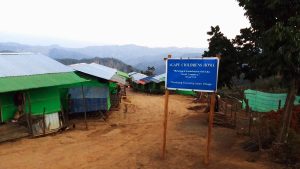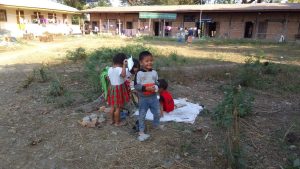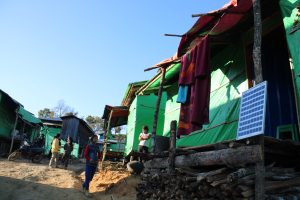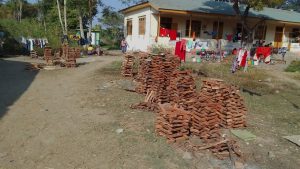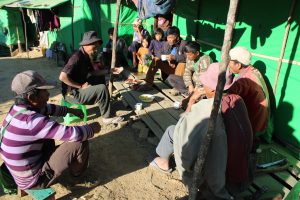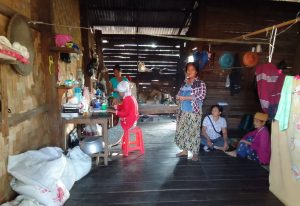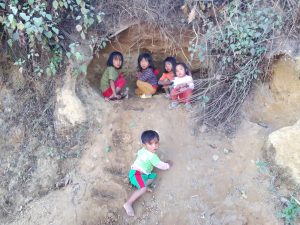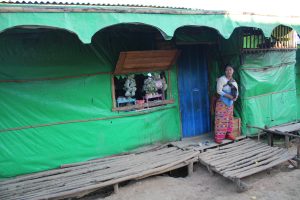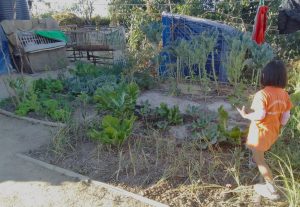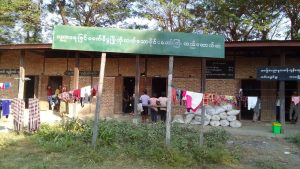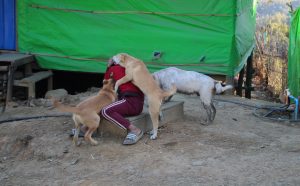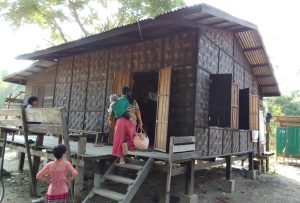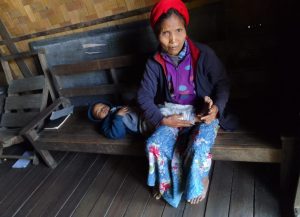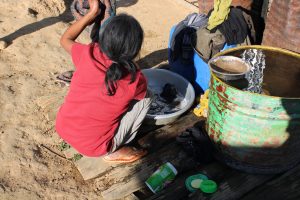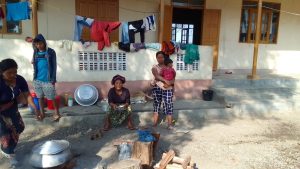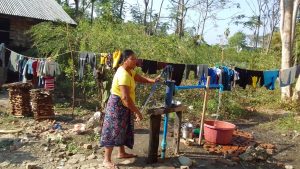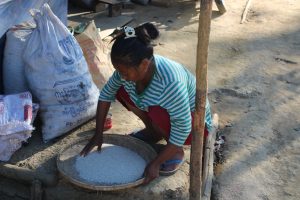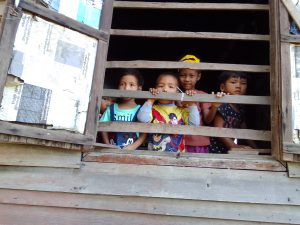The conflict in Myanmar has displaced hundreds of thousands of people from their homes across the country, with some regions being impacted more than others. According to the United Nations, there were an estimated 1,704,000 internally displaced people (IDP) within Myanmar as of March 6 this year. An estimate by the Myanmar Institute for Strategic and Policy Studies, says that around 2,930,201 IDPs, or slightly more than 5 percent of Myanmar’s population of 54.4 million had fled violence in the country as of September 2022.
While some of the displaced people have relocated to the neighboring countries of India and Thailand, an overwhelming majority continue to stay at different places inside Myanmar, including at the numerous IDP camps that have been established in the country. Some functionaries of resistance groups believe that the conditions at these camps have worsened owing to inadequate humanitarian assistance. There are reports of aid being blocked by the junta from reaching these camps where thousands, including women and children, are taking shelter.
Among the worst affected areas in Myanmar are Chin State and Sagaing Region, which border India and where around a million people are estimated to have been uprooted from their homes.
In the course of my travels in Myanmar in January-March this year, I visited an IDP camp at Kalay in Sagaing Region on January 22 and another at Salen village in Chin State on February 3. The camp at Salen village, where residents from several burned villages including Thantlang have been lodged, was constructed anew with assistance from the village, NGOs and resistance groups.
The other camp at Kalay near Letpanchaung has been established in a school that had shut down after the military, coup where some displaced people from burned houses in Natchaung village have taken shelter.
Interviews with those living in the two camps indicate that the camp at Salen village, where about 200 families have settled is better organized than the camp near Letpanchaung. In Chin State, there appears to be better coordination among the resistance groups, village committees and NGOs for ensuring the supply of essential items to the displaced people. Members of some displaced families pointed out that there were periods of scarcity as some commodities have to be ferried over long distances through conflict zones.
At Salen village, facilities have been made for children to attend schools set up by the village with assistance from the resistance groups. A doctor who had joined the civil disobedience movement volunteered to treat sick people in the region with the assistance of three nurses.
The camp near Letpanchaung is smaller. Around 40 families have taken shelter here. Similar to the other camp, essential items are supplied to the inmates through a combined initiative by the Pa Ka Pha (Local Defense Force), the village committee and the resistance groups. But there are occasional constraints on funds that have resulted in an erratic supply of food and other commodities. Children are taught by volunteers from the village but the availability of doctors and medicines is irregular.













